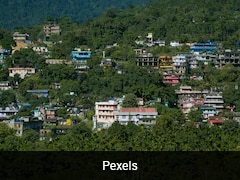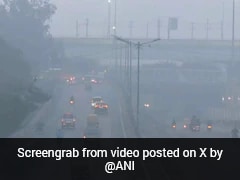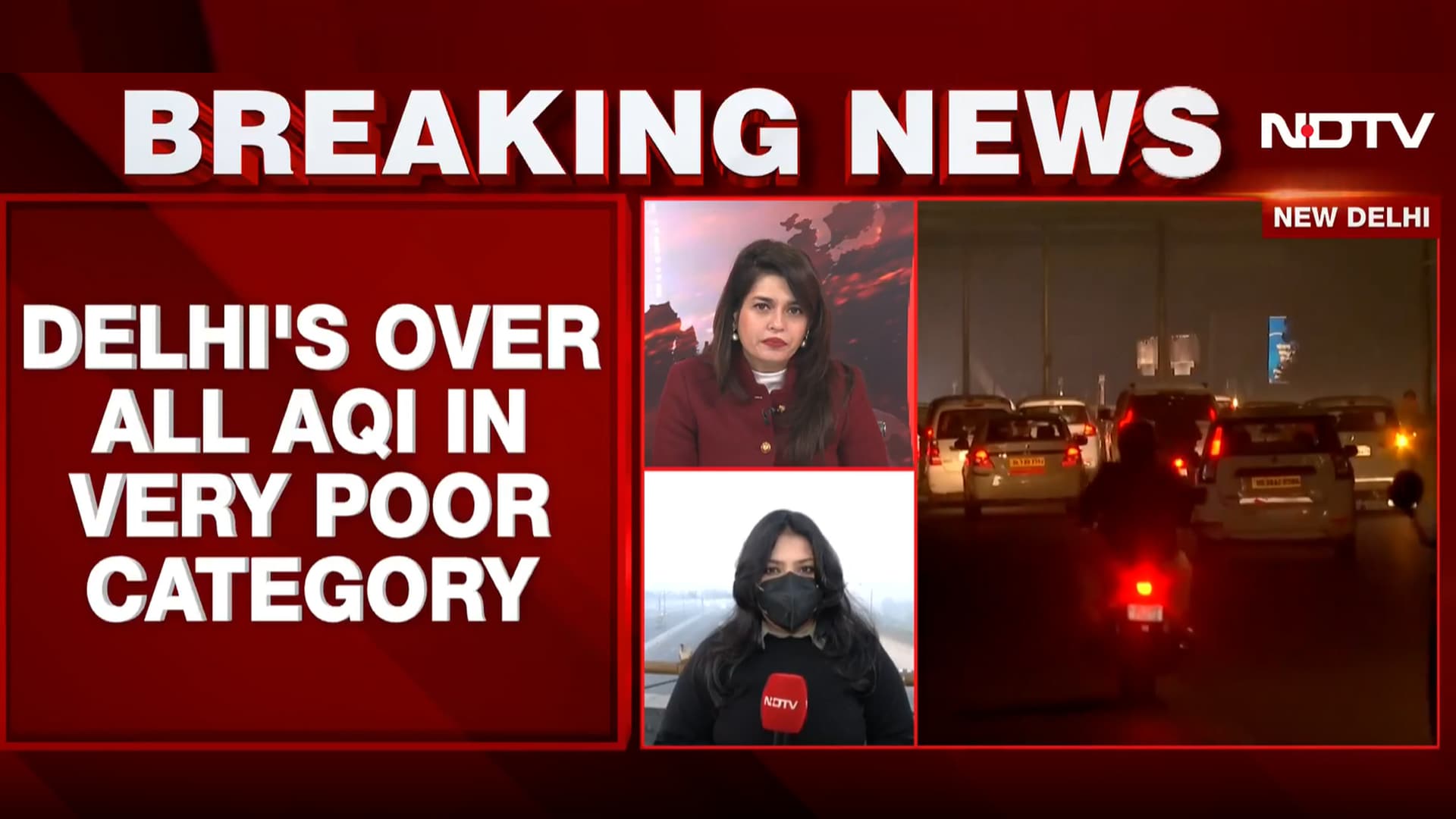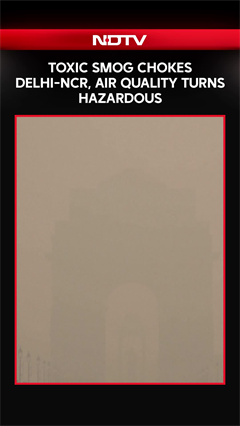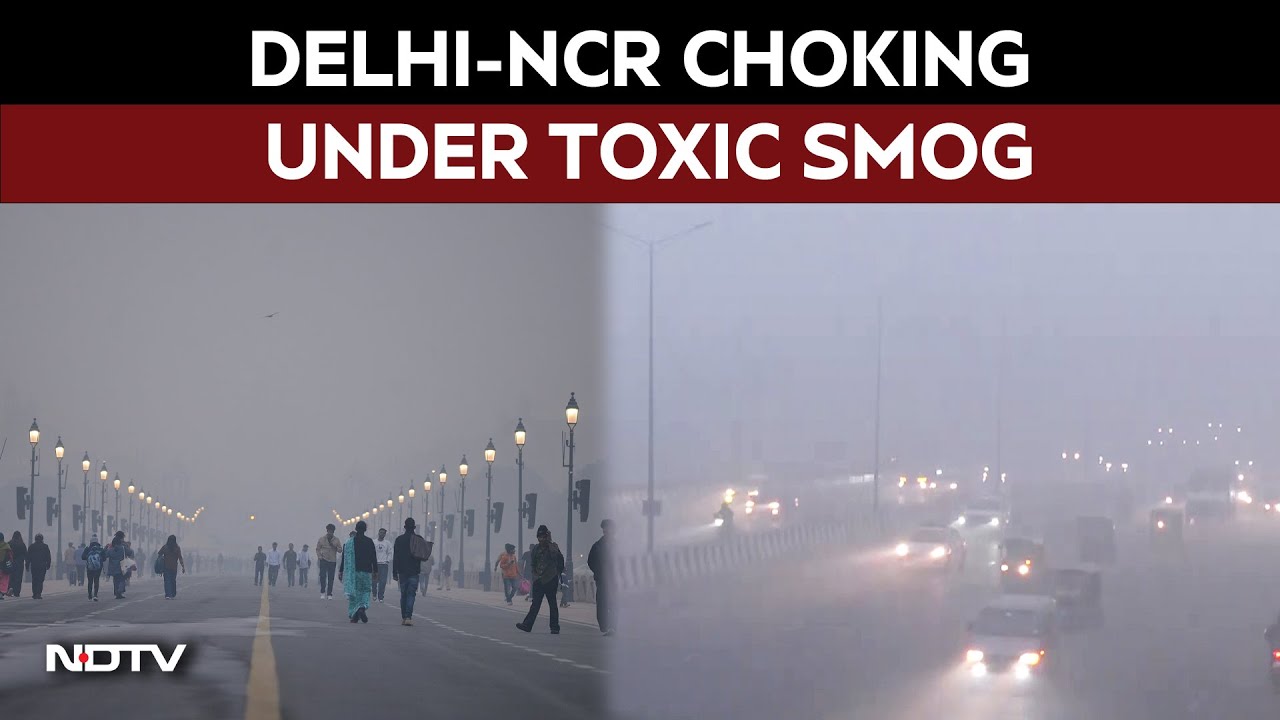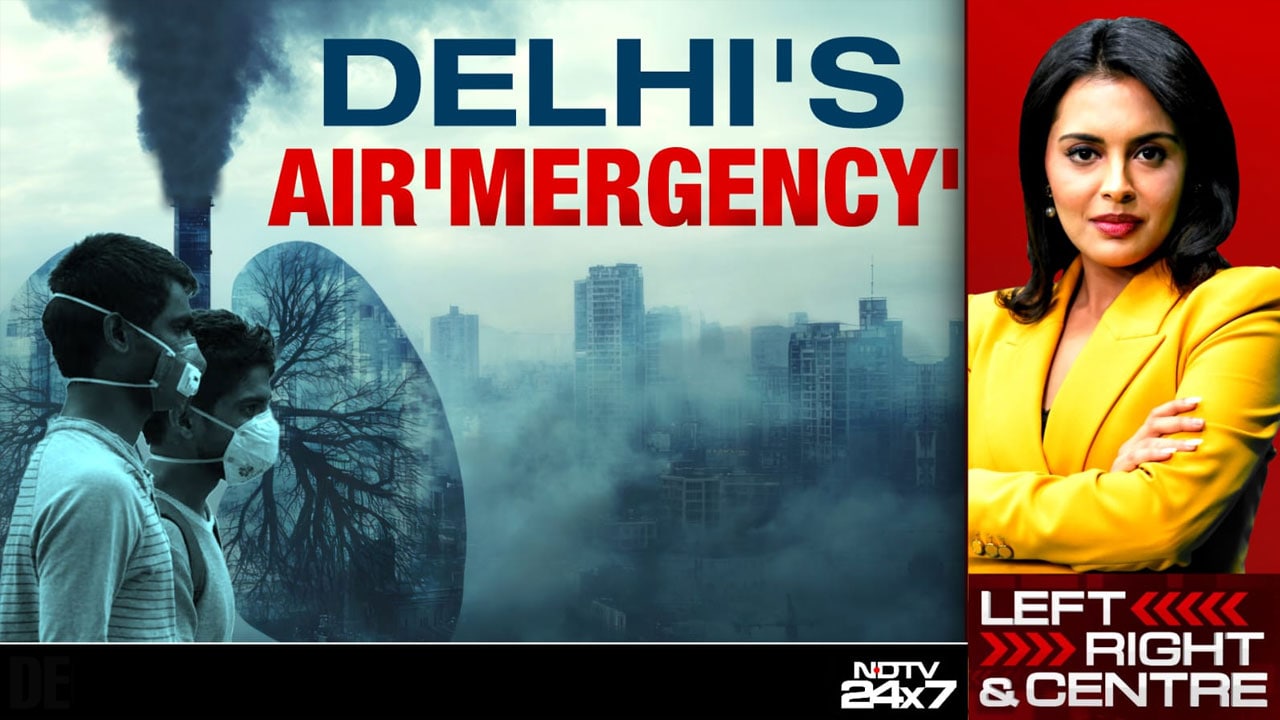- Home/
- Urban, Rural India Similarly Polluted, But Mitigation Focuses On Cities: Report
Urban, Rural India Similarly Polluted, But Mitigation Focuses On Cities: Report

While air pollution continues to significantly affect both rural and urban populations, India's mitigation action is hugely concentrated in the cities and often ignores rural parts of the country, a report has found.
The analysis found that Particulate Matter 2.5 levels in the rural and urban regions across India are very similar. While these have witnessed a similar trend of decline over the last few years, levels continue to be higher than the safe limits in most states. While rural regions saw PM 2.5 levels decline by 19.1%, urban regions recorded an 18.7% dip between 2017 and 2022.

'Status of Urban and Rural air quality exposure at a national scale: A comparative analysis' by Climate Trends - a research-based consulting and capacity building initiative - used Satellite-Based Application For Air Quality Monitoring and Management at National Scale data from IIT Delhi for PM 2.5 estimation and the Global Human Settlement Layer data for urban and rural classification.
The report showed that Uttar Pradesh has recorded the best progress from 2017 to 2022, with a reduction of 37.8% and 38.1% in urban and rural PM 2.5 levels, respectively. Maharashtra was the worst performing state, with only a dip of 7.7% in its urban PM 2.5 levels and Gujarat - with a decrease of 8.2% in its rural PM 2.5 levels - made the least progress.

The Union Territories (UTs) of Dadra & Nagar Haveli and Daman and Diu, too, made little progress, with approximately a 4-7% decrease in PM 2.5 from 2017 to 2022. And, with urban PM 2.5 levels going up by 0.3%, Chandigarh was the only UT or state to see an increase.
Dr Arun Sharma, Director, ICMR-NIRCMD (National Institute for Implementation Research on Non Communicable Diseases), Jodhpur, said, "This analysis is a reiteration that air pollution is not a problem of cities alone; the rural population is as affected. Prevention and mitigation measures should be based on local conditions. Documentation of health effects is as important as exposure documentation."
Sagnik Dey, Professor, Centre for Atmospheric Sciences, Indian Institute of Technology Delhi, said, "This analysis is a clear indication that India is inching towards plateauing its upward rising air pollution levels since 2016-2017. This is a positive achievement, however, the challenge now lies towards bringing the needle down further, especially as we are in the last year of the National Clean Air Programme's targets of reducing 20-30% particulate matter levels by 2024."
also read
Latest Stories
- Press Trust of India | Tuesday December 16, 2025 , Chandigarh
Punjab Chief Minister Bhagwant Mann on Monday questioned why there is a pollution crisis in the national capital despite no farm fires now.
- Written by Shreya Goswami | Tuesday December 16, 2025
Air pollution doesn't just harm the lungs. Doctors warn that chronic smog exposure triggers systemic inflammation, worsening joint pain and accelerating damage, especially in shoulders and hips.
- Edited by Nikhil Pandey | Tuesday December 16, 2025
Shillong's exceptionally low air pollution levels result from its highaltitude location, abundant greenery, limited industrial activity and active cleanliness initiatives, helping it rank among India's cities with the best air quality.
- Edited by Sahil Behl | Tuesday December 16, 2025
Delhi Schools In Online Mode: On December 15, the government withdrew this option and mandated that classes for nursery to Class 5 be conducted only in virtual mode.
- Asian News International | Tuesday December 16, 2025 , New Delhi
The National Capital Delhi continued to reel under hazardous air conditions on Tuesday as the city's overall AQI stood at 378 at around 8 am, placing it in the 'very poor' category, according to data from the Central Pollution Control Board.
................................ Advertisement ................................
Latest Videos
Opinion
Blog | Well Done, Delhi. You've Turned Lung Sacrifice Into A Badge Of HonourSaikat Kumar Bose
Monday November 10, 2025Till some years back, Delhiites would ask angry questions to those in power about the capitals annual tryst with toxic air. This has changed. Those in the driving seat dont see the need to answer now.
Opinion | Why Indians Have Just Given Up On Air Pollution CrisisTanushree Ganguly
Friday December 20, 2024While some may argue that people in Delhi are now more aware of air pollution than they were a decade back, my rebuttal would be that awareness does not mean that people are concerned.
Opinion | You Must Outrage Over Filthy Air More Than Once A YearJyoti Pande Lavakare
Tuesday December 10, 2024Delhi welcomed us with monsoon rains and mangos. We were home. Fast forward a couple of years, in the winter of 2012, I found myself in denial about something other parents, mostly expats, were calling toxic air.
Opinion | Delhi's Air Pollution Situation Is Like A Bad MarriageNishtha Gautam
Friday November 22, 2024On a good day, such as today, the AQI reading in Delhi is 407. We are jubilant at the sickly sunshine trickling through the slightly dissipated smog. At least its not 1600.
दिवाली... पराली... सियासी जुगाली!Ashwini kumar
Monday November 18, 2024दिल्ली-एनसीआर में प्रदूषण का समाधान तो आज तक मिला नहीं. हर साल चिंतित होकर हम-आप सांसों की तकलीफ के साथ-साथ दिल और ब्लड प्रेशर के मरीज भी क्यों बनें?





